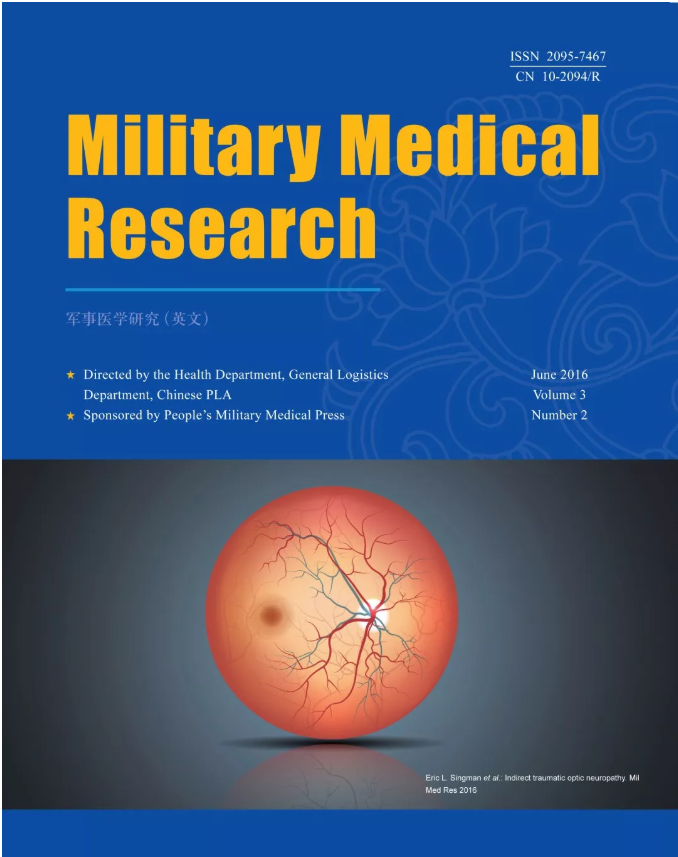蛛网膜下腔出血在全球、地区和国家层面的流行趋势:1990 至 2021 年趋势分析研究
IF 16.7
2区 医学
Q1 MEDICINE, GENERAL & INTERNAL
引用次数: 0
摘要
蛛网膜下腔出血(SAH)是出血性中风的一种亚型,其特点是死亡率高、完全康复率低。本研究旨在调查 1990 年至 2021 年间 SAH 的流行病学特征。1990 年至 2021 年间 SAH 的发病率、死亡率和残疾调整生命年(DALYs)数据来自《2021 年全球疾病负担研究》(GBD)。通过计算估计年度百分比变化(EAPCs)来评估发病率和死亡率的年龄标准化率(ASR)的变化以及SAH负担的趋势。此外,还分析了疾病负担与社会人口指数(SDI)之间的关系。研究发现,2021 年的 SAH 发病率比 1990 年高 37.09%,但年龄标准化发病率(ASIR)却有所下降[EAPC:-1.52;95% 不确定区间(UI)-1.66 至-1.37]。此外,随着时间的推移,死亡人数和死亡率以及残疾调整寿命年数都有所下降。与男性相比,女性的死亡率较低。在所有地区中,2021 年高收入亚太地区的 ASIR 最高(14.09/100,000;95% UI 12.30/100,000 - 16.39/100,000),ASIR < 0 的 EPAC 表明 SAH ASIR 随时间呈下降趋势。2021 年,大洋洲的年龄标准化死亡率(ASMRs)和年龄标准化残疾调整寿命年数(DALYs)在所有地区中最高,分别为 8.61(95% UI 6.03 - 11.95)和 285.62(95% UI 209.42 - 379.65)。与 SAH 相关的负担主要影响 50 - 69 岁的人群。与 GBD 框架内评估的环境或职业行为风险相比,代谢风险(尤其是收缩压升高)被认为是导致 SAH 相关疾病负担增加的主要风险因素。SAH 的负担因性别、年龄组和地理区域而异。尽管随着时间的推移,ASRs 有所下降,但 SAH 的负担仍然很重,尤其是在 SDI 水平处于中等和中等偏下的地区。高收缩压是 SAH 的主要风险因素。有必要采取更具体的支持性措施来减轻 SAH 的全球负担。本文章由计算机程序翻译,如有差异,请以英文原文为准。
Epidemiological trends of subarachnoid hemorrhage at global, regional, and national level: a trend analysis study from 1990 to 2021
Subarachnoid hemorrhage (SAH) is a subtype of hemorrhagic stroke characterized by high mortality and low rates of full recovery. This study aimed to investigate the epidemiological characteristics of SAH between 1990 and 2021. Data on SAH incidence, mortality, and disability-adjusted life-years (DALYs) from 1990 to 2021 were obtained from the Global Burden of Disease Study (GBD) 2021. Estimated annual percentage changes (EAPCs) were calculated to evaluate changes in the age-standardized rate (ASR) of incidence and mortality, as well as trends in SAH burden. The relationship between disease burden and sociodemographic index (SDI) was also analyzed. In 2021, the incidence of SAH was found to be 37.09% higher than that in 1990; however, the age-standardized incidence rates (ASIRs) showed a decreased [EAPC: -1.52; 95% uncertainty interval (UI) -1.66 to -1.37]. Furthermore, both the number and rates of deaths and DALYs decreased over time. It was observed that females had lower rates compared to males. Among all regions, the high-income Asia Pacific region exhibited the highest ASIR (14.09/100,000; 95% UI 12.30/100,000 − 16.39/100,000) in 2021, with an EPAC for ASIR < 0 indicating decreasing trend over time for SAH ASIR. Oceania recorded the highest age-standardized mortality rates (ASMRs) and age-standardized DALYs rates among all regions in 2021 at values of respectively 8.61 (95% UI 6.03 − 11.95) and 285.62 (95% UI 209.42 − 379.65). The burden associated with SAH primarily affected individuals aged between 50 − 69 years old. Metabolic risks particularly elevated systolic blood pressure were identified as the main risk factors contributing towards increased disease burden associated with SAH when compared against environmental or occupational behavioral risks evaluated within the GBD framework. The burden of SAH varies by gender, age group, and geographical region. Although the ASRs have shown a decline over time, the burden of SAH remains significant, especially in regions with middle and low-middle SDI levels. High systolic blood pressure stands out as a key risk factor for SAH. More specific supportive measures are necessary to alleviate the global burden of SAH.
求助全文
通过发布文献求助,成功后即可免费获取论文全文。
去求助
来源期刊

Military Medical Research
Medicine-General Medicine
CiteScore
38.40
自引率
2.80%
发文量
485
审稿时长
8 weeks
期刊介绍:
Military Medical Research is an open-access, peer-reviewed journal that aims to share the most up-to-date evidence and innovative discoveries in a wide range of fields, including basic and clinical sciences, translational research, precision medicine, emerging interdisciplinary subjects, and advanced technologies. Our primary focus is on modern military medicine; however, we also encourage submissions from other related areas. This includes, but is not limited to, basic medical research with the potential for translation into practice, as well as clinical research that could impact medical care both in times of warfare and during peacetime military operations.
 求助内容:
求助内容: 应助结果提醒方式:
应助结果提醒方式:


